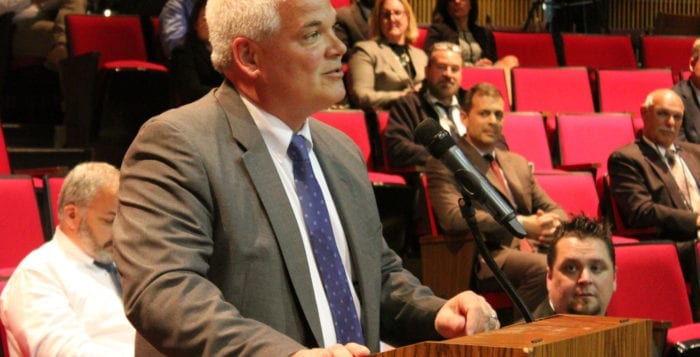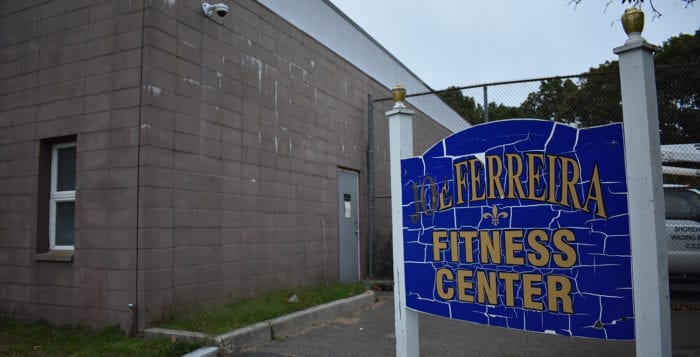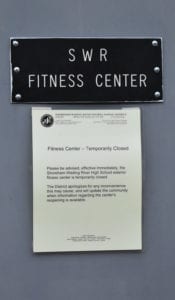With school district budgets and board elections on the docket for June 9 with an extension from New York State, this year’s crop of district spending and revenue plans have had to contend with many unknowns.
In fact, budgets may change from now until June 1, as the current pandemic holds much in the air. COVID-19, by Gov. Andrew Cuomo’s (D) estimates, could result in approximately $61 billion less revenue for New York State from 2021 to 2024. The hope rests on the federal government supplying the state with emergency funding.
“It’s very, very hard to plan for the unknown,” said Glen Arcuri, the assistant superintendent for finance and operations at the Shoreham-Wading River Central School District.
The governor has three look-back periods for revising state aid. The last period is Dec. 31.
Though one certainty is the start of next school year will weigh heavily on officials, as many still do not know when students will again walk through facilities’ doors.
Additionally, complicating this year’s votes is everything must be done outside of polling locations. Suffolk County Board of Elections, based on an executive order, will mail ballots to each residence with a prepaid return envelope.
There are still many unknowns, even as districts craft budgets. Nobody could say whether students will have a fall sports season, whether students would have to wear masks and remain apart in the classroom, or whether there will even be the chance for students to learn in-person, instead of online.
Numbers floated by Cuomo for state aid reductions have not inspired much hope. The governor said without state aid, school districts could see an upward of 50 percent reduction.
“A 50 percent reduction would be very painful for our school district, it would be insurmountable for any other school district,” said Port Jefferson Deputy Superintendent Sean Leister.
All that comes down to whether the federal government will provide aid to the state for it to maintain current budget figures.
All budget information provided is the latest from the school districts, though if it does change based on any state decisions, an update to this article will appear in the June 4 issue.

Mount Sinai
Mount Sinai residents will see a marginal increase in budget but only a slight increase in taxes, despite the lingering question whether students will even be in school next September. The district voted to approve its budget at its May 18 board meeting.
The 2020-21 budget sees a $61,769,870 budget, a $760,100 and 1.25 percent increase from last year. The tax levy is set at $41,396,602, an increase of 1 percent and well below the 2.43 percent cap set by New York State.
The largest increases come in the form of operations and maintenance by just over $84,000 because of contractual obligations, as well as oil and electric increases. Employee benefits increased by $272,695, mostly from employee and teacher retirement requirements.
“Every participant in the retirement system is given percentages based on the market performances from the comptroller’s office,” said board president Robert Sweeney.
Though much of the budget remains the same in presentations from the past 3 months, officials said that this year’s budget has had to account for the fact many, many residents have been hit hard financially by the pandemic.
“Our community is not in the same financial position five weeks ago,” said Superintendent Gordon Brosdal.
A second proposition the district will ask voters to approve $1.2 million for capital projects from the reserves. This does not increase the tax levy.
Current projects still include continuing the high school roof replacement for $865,000, replacing the middle school water heater for $100,000, among others for a total of $1,200,000.
The district is currently set to receive $17,653,079 in state aid this upcoming school year, a some $135,000 decrease from last year. Brosdal said it was due to decreased building aid from continuing to pay off loans and bonds from building projects.
Brosdal said the question of whether the governor will cut state aid, that is still up in the air, could mean massive upheaval for the district.
“He has talked about a further 20 percent school aid cut, which would be devastating, devastating,” Brosdal said. “Things are not what they were, this is a brand new game.”
Should the state budget change mid-year, that would also cause issues for the district, the superintendent said, as they would then have to revise the budget midstream, potentially leading to staffing cuts and program changes.
Brosdal, who in his time working from home has grown a mustache since the start of quarantine, also added, “I need to go back to school because I need to shave.”
Mount Sinai will host its budget hearing June 2 at 8 p.m. A link to the online meeting can be found at mtsinai.k12.ny.us. Votes must be received by June 9 at 8 p.m.
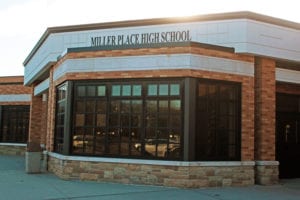 Miller Place
Miller Place
For a budget that was originally meant to be displayed and voted on earlier this month, not much has changed between then and the pandemic which has pushed the vote back to May 9.
The district adopted its budget at its March 17 emergency meeting, but has reallocated resources in order to better meet the needs of students as they handle distance learning, and potentially when they are allowed back into school buildings.
“We reviewed all of our expenditures reallocated from areas that we can regress,” said Superintendent Marianne Cartisano.
The budget for 2020-21 is set at $75,713,895, a $1,755,288 or 2.37 percent increase from last year. Though the district also cites using about a million dollars in capital project funding, which would mean this year’s increase is $754,612, or just over 1 percent.
The largest increases come from the usual suspects such as a $390,137 or 2.38 percent increase in employee benefits and a $134,659 increase in health insurance budget.
The district’s 2020-21 tax levy, or the amount of money the district raises through area taxes, is set at $47,616,059, which sits directly at the state tax cap limit for this year of 1.46 percent. It’s an increase of $687,471 from last year.
Miller Place’s state aid was set at $23,144,911, but the district also has leftover building aid of $792,666 and will be receiving an additional $208,010 for 2020-21. Cartisano said that million or so dollars came in response to the high school gym floor, which was remedied last September. Now that aid, along with saved funds, will be used to help offset any potential reductions in state aid, should the state revise its budget somewhere down the line.
“It’s not an advantageous place to be in to have a huge unknown, but we are fortunate that we can plan for it — the school district is very financially solid,” the superintendent said.
In terms of programming for this upcoming year, the district plans to continue with all current classes and clubs along with adding more time to middle school math labs and new courses of AP Calculus BC and non-regents chemistry. These two new courses are being funded by reallocation of resources and will only run if there are enough students enrolled.
The budget also adds elementary sections in an effort to lower class sizes in the third, fifth and sixth grades. These sections were seeing an average of 26 students before, but that will be reduced to 22 or 24.
The district is also adding an extra 10 minutes of “specials” time in the elementary school, or the daily activities where one day may be gym and the next day art. These activities are going from 30 to 40 minutes for physical education, art, music or library time.
The district has also allocated for a 1 to 1 technology initiative with each student receiving a district laptop or otherwise electronic device, which will also go towards distance learning if state mandates remain in place. Going along with this thought, the high school will receive an additional 3:05 p.m. late bus for students who stay after school for extra help. In addition, the district is adding two counselors to expand mental health options and assist with the transition back to classes.
This is alongside an overall enrollment that continues on the gradual declining trend. May 2019 saw a size of 2,581 students. Next year is projected to have 2,531.
Miller Place is hosting its budget hearing May 26 at 7 p.m. via Zoom. Residents can go to the district website millerplace.k12.ny.us/District to find the link. All mail in ballots must be received by 5 p.m. June 9.
 Rocky Point
Rocky Point
The Rocky Point Union Free School District adopted its budget at its May 19 board meeting, though the 2020-21 budget has seen some significant reductions since it was last seen by board members in April.
Things have changed since then, with a reduction in New York State aid resulting in an even larger cut in overall budget by some $2.1 million to the new 2020-21 total of $84,586,600.
The reductions in budget coincides with a loss of state aid funds compared to last year, seeing a reduction of nearly $1.5 million.
Expenditure decreases are across the board to reach the reduced budget. This is also to reduce the budget thanks to a tax levy cap of just 0.08 percent this year, a figure Christopher Van Cott, assistant superintendent for business, said was due to expiring debt service, which is no longer allowed as an exclusion. The budget sets the tax levy, or the amount the district raises in area taxes, at $52,483,059, setting itself directly at the tax cap, and is a very slight increase from last year’s figure.
Van Cott said the district is “taking a very conservative approach” toward this year’s budget, adding there will be cuts in several areas while still being able to maintain current instructional programming, along with athletic and cocurricular programs.
“We looked at staffing and enrollment, and made decisions based on that enrollment, looking for different ways to deliver the same service in more economical ways,” Van Cott said. “Despite fiscal challenges, and lack of guidance and the numbers we need from the state, we were able to achieve budget goals.”
There are cuts across the board, though the biggest decreases are from administration and central services, as well as a $250,000 decrease in athletics and PPS. Van Cott said the district plans to reduce the number of sports teams at the middle school level. Though not removing any sports from the roster, multiple sports that have two teams will be reduced to one, Van Cott said.
The district is also planning to use the capital reserves to repave the front driveway area in front of the high school with a cost not to exceed $350,000. Rocky Point’s current reserve balance is set at $1,590,368. In a separate proposition to the budget, the district will be asking residents to vote to gain access to the funds. The capital reserve does not increase the tax levy.
The potential the state could further reduce state aid is real, and Van Cott said the district is looking to use its capital reserves, along with the described expenditures reductions, to plug any holes that come up. If state aid does not decrease, he added some of those staff positions expected to make reductions in might not have to be.
Rocky Point is hosting its budget hearing June 2 at 6 p.m., but residents will also be mailed a budget brochure and six-day notice shortly after. That same document will be available at the district website May 26. Ballots are due by 5 p.m. June 9.

Shoreham-Wading River
SWR’s 2020-21 budget boasts it will maintain all current programming despite looming fears state aid will be cut in the near or distant future. The district adopted the revised budget at its May 19 meeting.
The district’s $77,164,774 budget is a 1.6 percent increase from last year’s $75,952,416. The year’s tax levy, or the amount of funds raised from resident taxes, would stand at $55,391,167, a $1,013,510 increase from 2019-20.
This tax levy represents an overall decrease from what the district showed in its March presentations by almost $300,000.
Though the district boasts its maintaining its programming, the overall cuts to the planned budget have left an impact. Recent program initiatives, including several new art, wellness, jazz band and world languages clubs, have been axed. The planned SWR 101 class, which would have been a new kind of basic overview class for incoming freshmen, is no longer on the table for the year’s budget. Replacement equipment for the Wading River school’s gym wall pads and outdoor basketball hoops, as well as middle school smart classroom furniture and high school volleyball standards will not arrive as originally planned. In addition, travel and conference funding will be reduced by 50 percent if the budget is approved.
Assistant superintendent Arcuri said those funds are being redirected to applying additional “structural” support for distance learning due to COVID-19, as well as additional sanitizing equipment and supplies. He added, optimistically, there’s a possibility if funding stabilizes bringing in these proposed clubs mid-year.
The budget relies on a $12,789,308 state aid package, which would be a $112,843 increase from last year. To make room for the very real potential the state could make cuts to state aid midyear in the fall, the district has placed certain items in the budget that would not be purchased before Dec. 31, including multiple infrastructure projects at Miller Avenue elementary and the middle school, as well as work on the districtwide grounds and asphalt repairs.
“These are not items that are absolutely essential,” Arcuri said. “They are important to get completed, but they are not more important than losing instructional support or any student related program and/or any staff within the district.”
Of course, with so much still unknown, the district does not know if the approximately $5,235,229 of a $24,114,734 five-year contract with bus company First Student will even be used.
The district is planning to host its budget hearing presentation May 26. For mail-in ballots, all must be received in the clerk’s office by 5 p.m., June 9.

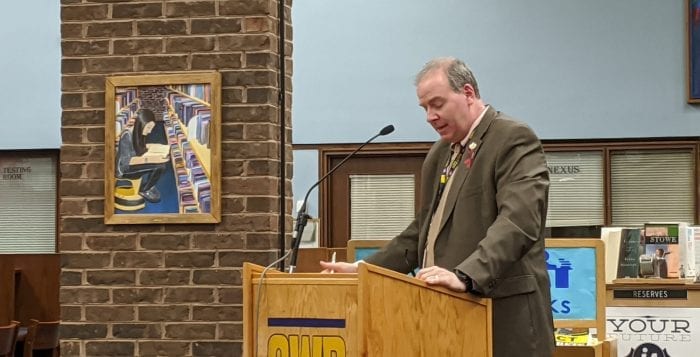
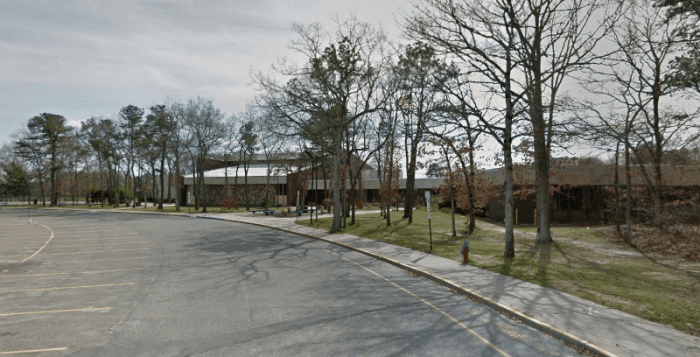
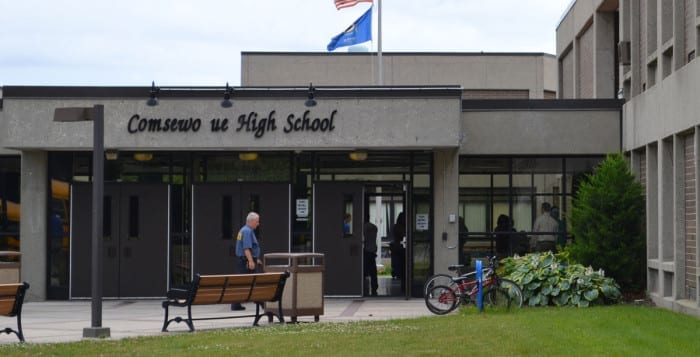



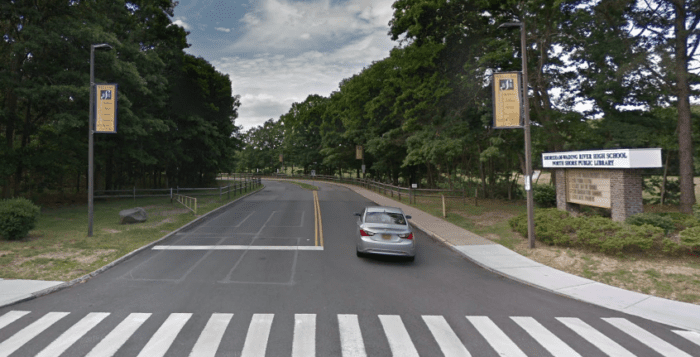
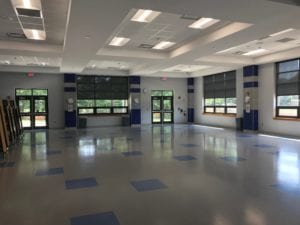
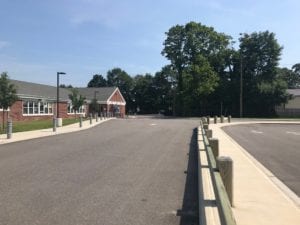
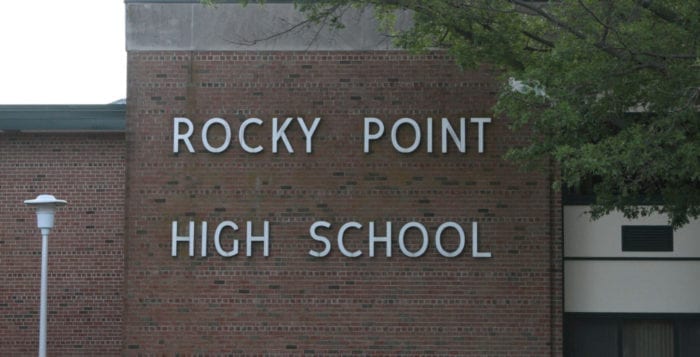
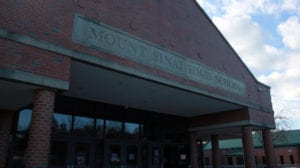 Superintendent Gordon Brosdal and the board are proposing to use $1.5 million for two projects: the cost of another partial repair of the high school’s roof and to replace the middle school’s HVAC system. The high school roof repair would cost $850,000 and the HVAC replacement would cost $650,000. The remaining $100,000 would be saved for future projects.
Superintendent Gordon Brosdal and the board are proposing to use $1.5 million for two projects: the cost of another partial repair of the high school’s roof and to replace the middle school’s HVAC system. The high school roof repair would cost $850,000 and the HVAC replacement would cost $650,000. The remaining $100,000 would be saved for future projects.
 Edward Granshaw:
Edward Granshaw: Michael Lewis:
Michael Lewis: Thomas Sheridan
Thomas Sheridan Meghan Tepfenhardt:
Meghan Tepfenhardt: William McGrath:
William McGrath: Jennifer Kitchen:
Jennifer Kitchen: